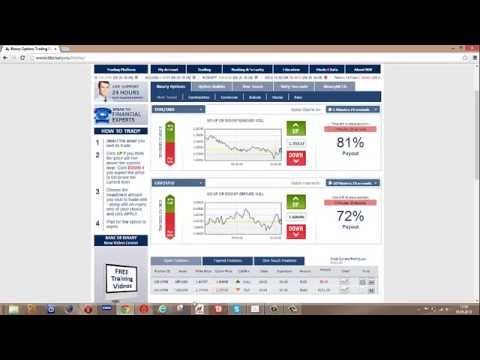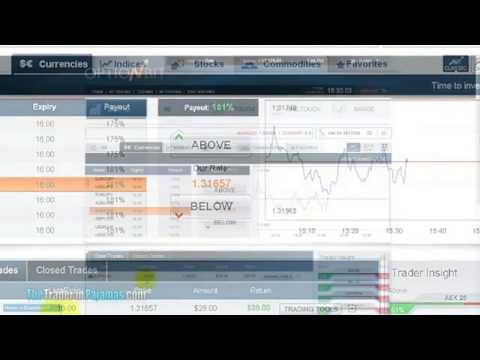The Super Basics of Forex Trading and Taxes
Post on: 1 Май, 2015 No Comment

Posted 4 years ago | 12:00 PM | 13 March 2011 5 Comments
Before I begin, I gotta throw out the necessary disclaimers. First, I am not a tax professional, just a fellow citizen of the FX world trying to help my fellow FX fanatics understand one of the most confusing aspects of the Forex trading business: taxes! Therefore, I am not making any recommendations on how anyone should handle their taxes. This is for informational purposes ONLY, and hopefully when you DO consult a tax professional, this article will help you ask the right questions. Secondly, the following points I am about to discuss are for U.S. traders who trade with U.S. brokerage firms ONLY. Taxes differ per country, so it would be best to consult a local tax professional in your own region.
In the U.S. many Forex brokers do not handle your taxes. This means that its up to you to compute your gains and losses, and file your dues or deductions with the appropriate tax authorities. I know its difficult, so I decided to put together a mini-primer on how Forex trading taxes work as I understand it.
As a budding Forex trader in the U.S.. you have to be aware of two sections of the tax code: Section 988 and Section 1256. Both of these sections were initially made for forward contracts, but over time, they have also carried over to apply to spot Forex transactions.
As retail Forex traders, by default, we fall under the tax provisions of IRC Section 988. This has its perks and its drawbacks.
Section 988 states that an individual (or a monster, in the case of Cyclopip ) has the ability to claim capital losses as an income tax deduction. Before we get into the nitty-gritty of it all, lets add a few nerdy terms into our vocabulary. According to Pipcrawler. it helps to impress the ladies!
By definition, a capital loss is when you sell an asset for less than what it cost you, such as in the case of a losing trade. Capital gains, on the other hand, occur when you sell an asset for more than its cost. Now, deduct your total capital losses from your capital gains and you have your NET capital gain or NET capital loss, depending on whether you ended up positive or not.
The beauty of Section 988 is that in the event your capital losses exceed your capital gains (as in the case of a net capital loss), you can claim the excess as a deduction from your other sources of income. In other words, if you had posted capital losses of $12,000 and a capital gain of $10,000, you would still be able to claim excess loss of $2,000 as a tax deduction. Its a pretty handy feature if your trading is in the dumps!
However, the law does allow you to opt out of Section 988 to be taxed under the provisions of Section 1256 if you think thats more favorable.
Under Section 1256, you are allowed to file your Forex capital gains under the 60/40 rule.
What the heck does this mean.
The 60/40 rule basically means that you can tax 60% of your capital gains under the long-term capital gains rate (LTCG) and 40% under the short-term capital gains (STCG) rate. Take note that the LTCG rate (normally around 15%) is significantly lower than STCG (usually around 35%). By paying a proportion of your taxes under the lower tax rate, you can effectively lower the total amount of tax paid on your capital gains.
Let me clarify this with an example.
Lets say that you have a $10,000 trading account and in past year, you made $1,000. Assuming that the STCG is at 40%, this means that you would have to pay $400 in taxes, and your take home net profit would be $600.
Now, lets say that you elect to tax your gains under the Section 1256 provision and that the LTCG rate is 10%. This means that 60% of your $1,000 gain would be taxed at 10%, while the remaining 40% would be taxed at 40%.

Your total taxes paid on the capital gains would then be equal to:
[$1,000 x .60 x .10] + [$1,000 x .40 x .40] = $60 + $160 = $220.
This leaves you with a take home net profit would be equal to $780.
By electing to be taxed under Section 1256, you have basically cut your tax rate almost in half (from 40% to 22%). Pretty sweet eh?
The downside of Section 1256 is the amount of capital losses youre allowed to claim is limited to the amount of capital gains you recorded. Put simply, if you recorded capital gains of $10,000 and capital losses of $12,000, you can only claim up to a maximum $10,000 of your capital losses as a deduction this year. The remaining $2,000 will have to wait to be deducted from capital gains in future years.
Alright, I know its confusing, so heres the tl;dr (too long; didnt read) version:
When your Forex trading acitivity ends up with net loss, youre better off with Section 988. It enables you to deduct your net capital loss from other types of income. On the other hand, if your trading activity results with a net profit, Section 1256 is preferred because it allows you to have a lower overall capital gains tax rate.
So, selecting which Section to elect should be a bit easier to do now, but of course theres a little more to your taxes than that. And with rules and regulations constantly changing, the best thing to do to avoid accounting mistake and end up with huge finesor the IRS at your dooris to go consult a tax professional or an accountantdo it now!














